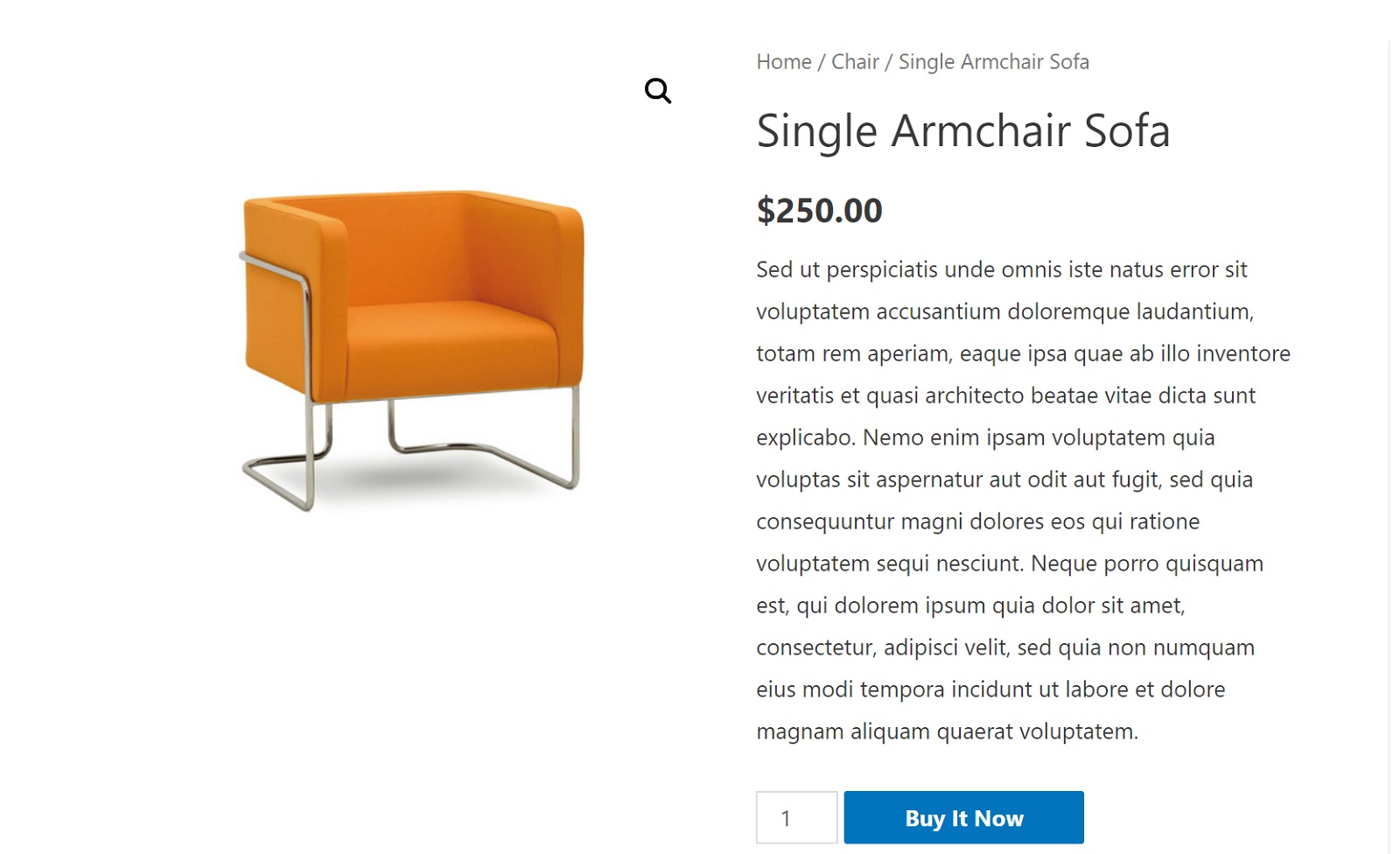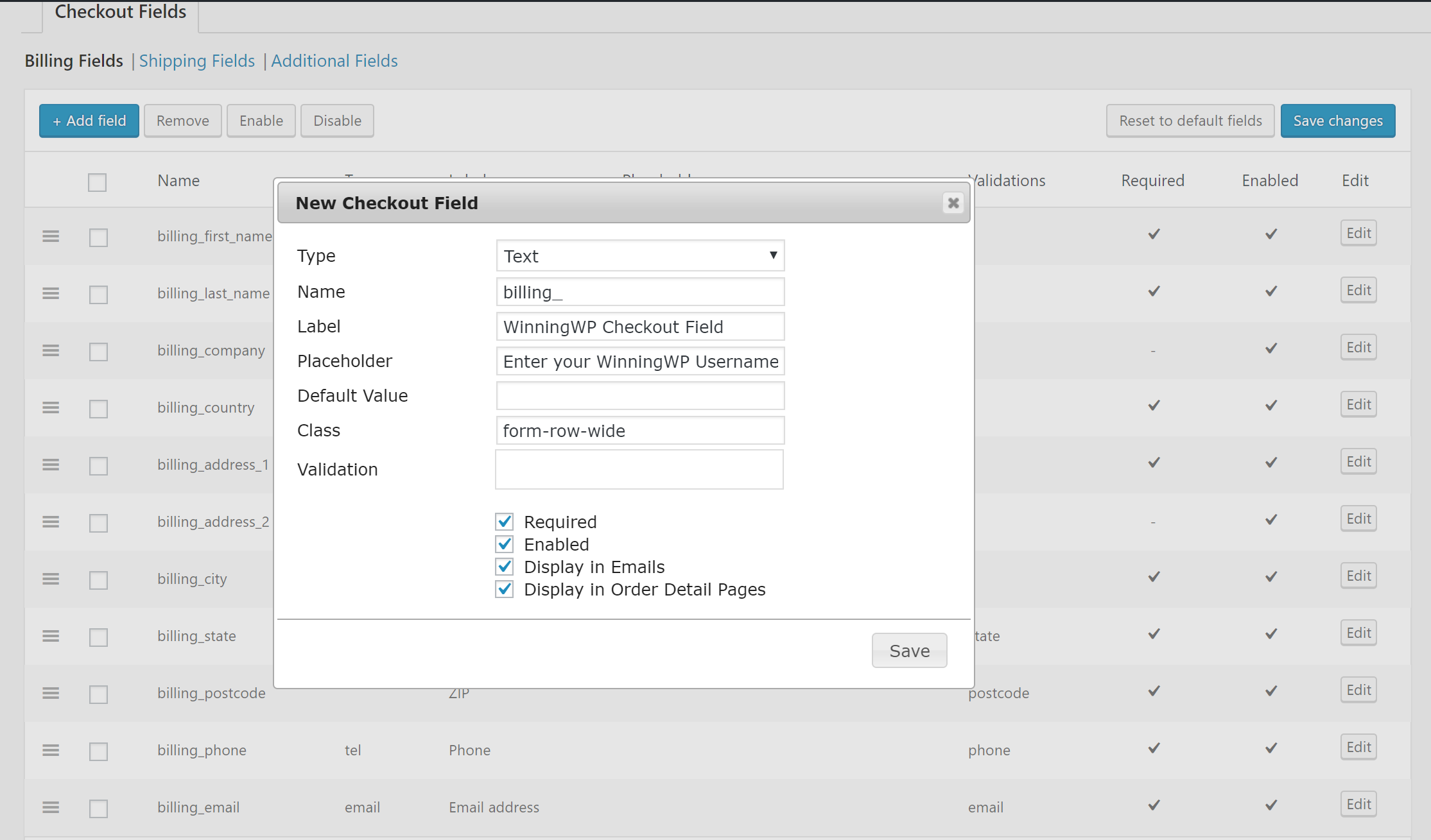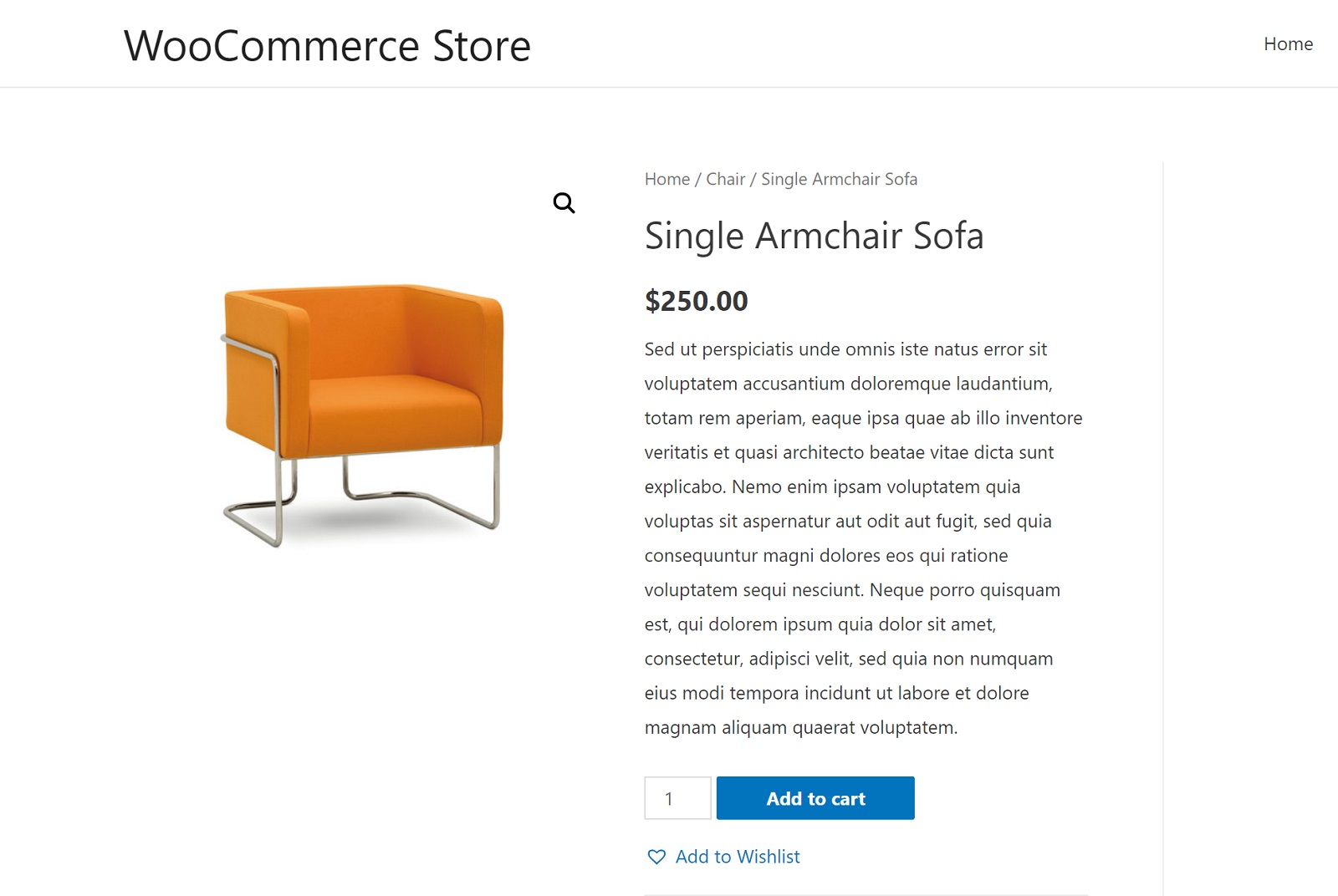- By
- Last updated:
Powering 27% of the ecommerce sites in the BuiltWith Top 1 Million Sites (a plurality), WooCommerce is not just the most popular WordPress ecommerce plugin – it’s far and away the most popular ecommerce platform on the Internet.
The stats tell us that the core plugin is a handy bit of kit, but it can’t do everything: To really get the most from WooCommerce, you’ll need to enhance the core plugin using extensions and add-ons.
There’s big money in ecommerce, so the majority of extensions come with a price tag. Fortunately, though, not every WooCommerce plugin has to break the bank — there’s actually a really good selection of free options out there (if you know where to look).
In this post, we’ll share fifteen of the best free WooCommerce extensions, add-ons, and plugins (note: We’ll be using these three terms interchangeably throughout), with an aim to help you improve your ecommerce store.
If you’re looking to further your store’s traffic, revenue and/or appeal without spending a small fortune, the following options should be right up your street. Enjoy!
1. YITH WooCommerce Zoom Magnifier
For the vast majority of products, no on-page factor has a bigger impact on the conversion rate than the product images displayed (other than, perhaps, price).
Customers want to see what your products look like, they want to inspect them for quality, and they want to be sure they prefer your products to a competitor’s. Do you really expect customers to achieve all that from a tiny, barely discernible photo?
If you want to display your images loud and proud, I recommend the YITH WooCommerce Zoom Magnifier plugin.
When visitors hover their mouse over your images, they’ll see an enlarged popup of your products. You can configure the dimensions of this popup, as well as the zoom levels for optimal viewing.

So, have confidence in your products and show them off with pride — you can expect a serious jump in conversions as a result.
2. Booster for WooCommerce
Booster for WooCommerce is kind of like the Jetpack plugin…but for WooCommerce. That is, it doesn’t do just one thing. Instead, it offers a modular set of 100+ features that can enhance and tweak your WooCommerce store.
The keyword there is modular. Because you can choose to only enable the specific features that you want to use, Booster for WooCommerce isn’t going to bloat up your site with stuff you don’t want.
So what all can Booster for WooCommerce help you do? Well, there are too many features to list, but here’s the basic rundown, divided into different categories:
- Prices & Currencies – add currencies and currency exchange rates, bulk convert prices, set prices based on user role, plus a lot more.
- Button & Price Labels – change the add to cart button, add a custom label for free items, plus more.
- Products – add booking products, set up cross-sells, enable crowdfunding, plus more.
- Cart & Checkout – customize checkout fields, create special coupons, and more.
- Payment Gateways – add custom gateways, charge fees for certain gateways, set different gateways based on currency or country, and more.
- Shipping & Orders – set a minimum order, add a shipping calculator, set different shipping methods based on conditions, plus more.
- PDF Invoicing & Packing Slips – enable PDF invoicing.
- Emails & Misc – various backend customizations, plus an option to add custom emails.
All in all, there are a ton of features in one free package, making this one a good Swiss Army Knife for your store.
3. Stripe Payment Gateway
In the past, WooCommerce supported only one payment gateway out of the box – PayPal Standard. However, this gateway was hardly desirable for most serious store owners as customers were diverted to the external PayPal website to make payment.
As such, most ecommerce stores install a payment gateway that facilitates card payments onsite — typically, Stripe or PayPal Pro.
If you opt for Stripe, I have good news: The official WooCommerce Stripe Payment Gateway is available completely free of charge.
Now, in the past, you would have had to download and install this extension like any other plugin. However, because of the immense popularity of the Stripe payment gateway — and PayPal Pro, too — WooCommerce has streamlined the installation process.
You can now install the Stripe gateway during the WooCommerce installation wizard at the click of a button. After syncing your store with the Stripe API, you’ll be able to accept Visa, Mastercard, and a whole host of other cards.
The one downside is that Stripe isn’t available globally. To date, Stripe works in 30 countries (with an additional 4 in invite-only beta testing), so make sure your country is on the list before committing — the US, UK, and Canada are already supported.
And, if Stripe ain’t your thing, the official WooCommerce extension store stocks 10 other free payment gateways, including the aforementioned PayPal Pro, plus Amazon Pay and Square, among others.
4. WooCommerce Direct Checkout
If you ask your visitors to jump through too many hoops, some of them will simply abandon ship — a conversion opportunity lost in an instant.
Now, the default WooCommerce checkout process isn’t overly flabby: Storefront > product page > shopping cart > checkout.
Even so, there’s still an opportunity to streamline the checkout process. Enter WooCommerce Direct Checkout.
The plugin lets users skip the shopping cart completely, meaning the typical customer journey will look something like this: Storefront > product page > checkout – much like Amazon’s “Buy Now” button.

And, if that checkout process is still not streamlined enough for you, the plugin can also add ‘Checkout‘ buttons directly to the shop page. This means visitors who know exactly what they’re looking for can skip the product page screen, too.
Best of all, you can download, install, and configure the plugin in under two minutes. The settings screen is as efficient as the checkout procedure it creates!
5. WooCommerce Menu Cart
WooCommerce Menu Cart is another plugin that aims to refine the checkout process.
The plugin adds a shopping cart button to your menu, making it super-accessible from any page on your website.
The shopping cart button fits the menu seamlessly, and can be fully configured to your liking. This includes the option to display the number of items and/or sub-total in the menu, a choice of ten cart icons, and the menu alignment.
If your theme already includes this functionality, you don’t need this plugin. But if it doesn’t, this simple plugin is a lifesaver.
6. Checkout Field Editor
We’ve already covered a few plugins that let you improve the default WooCommerce checkout process. If you want ultimate control over your checkout, though, Checkout Field Editor is the plugin for you. It lets you customize every field displayed on the checkout screen.
This plugin lets you add new checkout fields, edit or delete existing fields, and change the display order of all the fields in your checkout.
You can select from seven different types of fields:
- Input text
- Password
- Phone
- Select
- Textarea
- Radio
And you can also opt to display information from these fields on the order details page or in your confirmation emails.
The interface for adding fields is easy-to-use, and you’ll be able to rearrange the order of fields using simple drag-and-drop:

7. TI WooCommerce Wishlist Plugin
As the name suggests, TI WooCommerce Wishlist Plugin gives you a free way to add wishlist functionality to your WooCommerce store.
Sometimes, your customers might not be ready to buy right away. Or, maybe they have a birthday coming up and want to be gifted an item at your store.
Either way, a wishlist is a great way to let your shoppers save one or more items for later. Then, when they’re ready to purchase, the items that they’re interested in are ready to go.
With this plugin, each product on your site gets an “Add to wishlist” button. Then, users can view their wishlist at a dedicated “Wishlist” page that the plugin creates. For example, you can automatically add the wishlist button right under the “Add to cart” button:

There are also some smart features built-in. For example:
- The plugin can automatically remove an item from a shopper’s wishlist when they add it to their cart.
- Shoppers can easily share their wishlists on social media (great for those birthday wishlists!).
8. CartFlows
We’ve covered a few free WooCommerce plugins that let you customize the existing WooCommerce checkout process, but CartFlows takes things one step further by letting you replace the WooCommerce checkout process with your own custom checkout, built with your WordPress page builder of choice.
One of the most helpful things about this tool is that it lets you build checkout funnels, complete with order bumps and upsells. For example, if someone is buying a pair of sunglasses, you could display a special order bump offer for a carrying case. By employing these smart offers, you can boost your revenue per order.
You can also create custom checkout processes for individual products, which is great if you have a smaller store or are using WooCommerce for non-product applications, like powering your online course or membership site.
9. WooCommerce Currency Switcher
The rise of online shopping means your humble ecommerce store could potentially cater to a truly global customer base. However, before you get carried away dreaming of hordes of international customers, you must first deal with the practicalities.
First and foremost, your website needs to be capable of currency conversion. After all, a shopper is unlikely to buy without seeing the product priced in their local currency first.
Perhaps surprisingly, there seems to be a real lack of currency conversion plugins on the official repository. However, because this is super-useful and profit-boosting functionality, we’re making do with what’s available — this list really needs a plugin in this category.
The WooCommerce Currency Switcher is the best free plugin for the job — although it has several obvious limitations.
First, this free version only allows two currencies at a time.
This appears restrictive at first glance, but it needn’t be. My recommendation is to use the currency of your primary market, then use a global currency such as USD or EUR for international customers. (Or you could purchase the premium version of the plugin to unlock unlimited currencies!)
Second, although the plugin supports the flags of your chosen countries, you’ll have to upload the flag manually to your media library.
If you can put up with these limitations, the plugin does have plenty of redeeming features.
For a start, it pulls the exchange rates in real time directly from Yahoo Finance, so you can trust that they’re accurate.
WooCommerce Currency Switcher also ships with three dedicated widgets: One switches the currency site-wide, the next acts as a conversion rate calculator tool, and the last one displays the latest exchange rates.
Finally, the plugin also uses Geolocation to detect and display a visitor’s local currency based on their IP address.
10. WooCommerce Mailchimp
Did you know that it’s far costlier to acquire a new customer than it is to retain an existing one? Depending on the sources, customer acquisition can cost anywhere between three and 30 times as much.
The easiest way to build a database of your existing customers is by collecting email addresses in an email list. The WooCommerce Mailchimp plugin is probably the best free plugin for the job (if you’re using Mailchimp for your email marketing, of course).
The plugin automatically subscribes your customers to a mailing list after specific actions – like placing an order or when an order’s status moves to completed. Or, if you’d prefer, it gives them the option to subscribe on the checkout screen by ticking a checkbox.
Remember: Your existing customers are your best friends. Treat them well and they may remain customers for years to come.
11. Advanced Shipment Tracking for WooCommerce
Once a customer makes a purchase, they want to know exactly when they can expect to receive their order.
Advanced Shipment Tracking for WooCommerce lets you keep your customers updated by providing tracking details both in an email and in their “My Account” area.
The plugin integrates with over 100+ shipping providers, including the big names like USPS, UPS, FedEx, etc. You can also integrate with TrackShip for more flexibility (TrackShip offers 50 trackers for free, but after that you’ll need to pay).
The plugin also adds a new “Delivered” order status that can send an email to customers when their order has been delivered. With the TrackShip integration, you can even automate this process so that orders are automatically marked as delivered as soon as the tracking info updates.
The only downside is that the really cool automatic functionality requires that TrackShip service, which you’ll need to pay for after the first 50 trackers. However, even without TrackShip, the plugin is still plenty helpful.
12. Flexible Shipping for WooCommerce
Let’s keep things rolling with improving the shipping process at your WooCommerce store…
Flexible Shipping for WooCommerce is one of the most popular free plugins to help you implement something called table rate shipping.
You can calculate shipping costs based on the total weight of all items in a shopper’s cart or the total cart value. You can also add handling or insurance costs for larger orders and create a special COD option with a higher charge.
Overall, you can create unlimited shipping methods and shipping cost rules, which gives you a lot of flexibility over how shipping works at your store.
13. Enhanced Ecommerce Google Analytics Plugin for WooCommerce
Enhanced Ecommerce Google Analytics Plugin for WooCommerce is simple, but it does something very important – it sets up the necessary configurations to let you use the Enhanced Ecommerce feature in Google Analytics.
Then, you’ll be able to analyze shopping behavior, checkout behavior, product performance, and sales performance…all from within Google Analytics.
By having more comprehensive data, you can figure out which parts of your store and marketing strategies are working, and which parts need to be adjusted.
14. Variation Swatches for WooCommerce
Variation Swatches for WooCommerce helps you create more visual representations of the variable products at your store, which can help shoppers understand exactly what you offer.
For example, if you sell a t-shirt in three different colors, this plugin lets you display icons with the actual color, rather than just the words “red” and “blue” like the default WooCommerce variation behavior.
It works for more than just colors, too. For example, you can add your own custom images to use as the swatches for different product variants, which is great if you offer different materials for products.
Basically, if you sell a lot of variable products at your store, this plugin makes them look nicer and helps shoppers understand all the variants that you offer.
15. Discount Rules for WooCommerce
WooCommerce includes built-in coupon functionality, but it’s not super flexible. Discount Rules for WooCommerce lets you get more creative with the types of coupons and discounts that you offer, which can help you attract shoppers and boost your sales.
For example, you could create special “buy three get 10% off” deals. Or, you could create a deal that gives shoppers 10% off if they spend over $100 (or any other minimum order).
The free version of the plugin lets you create quantity and cart-based percentage discounts, along with the ability to exclude certain products and set date limitations.
The only downside is that you’ll need the premium version to be able to create some common deal types. For example, you can only create “buy one get one free” offers with the premium version.
Final Thoughts
This completes our rundown of the top free WooCommerce plugins. That said, it’s worth remembering that with a plugin as complex and powerful as WooCommerce, this list of fifteen really only scratches the surface — there are actually plenty of other useful functionalities that, sadly, just missed the cut (or were too niche) to be included.
Know of any other great free WooCommerce plugins? Thoughts?















